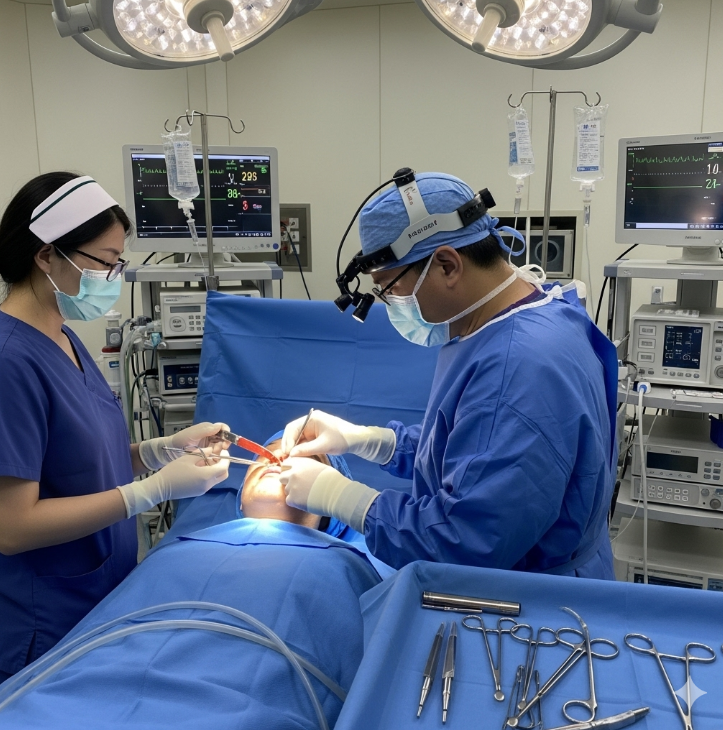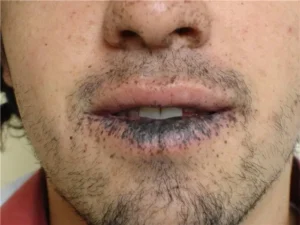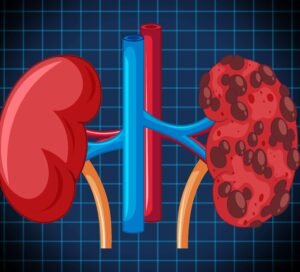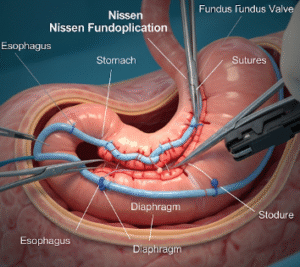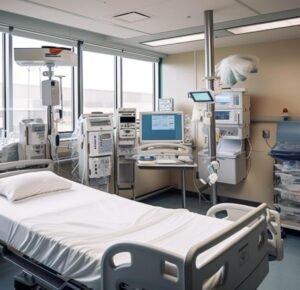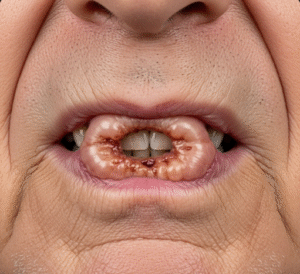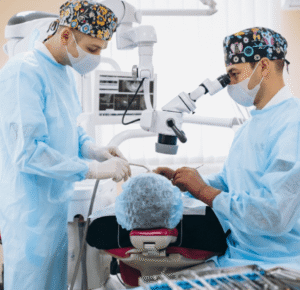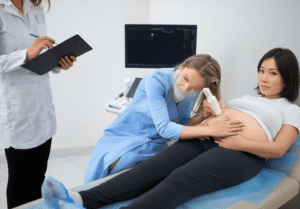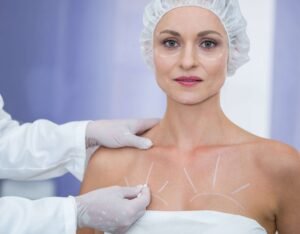What It Is
A nasolabial flap is a type of local reconstructive flap surgery that uses skin and soft tissue from the nasolabial fold (the crease running from the side of the nose to the corner of the mouth) to repair defects in nearby areas. Because this region provides skin with a close color, thickness, and texture match, it is commonly used for reconstruction of the nose, lips, and cheek.
The flap may be designed as an advancement, rotation, or transposition flap, depending on the defect’s size and location. It is especially useful after skin cancer removal (Mohs surgery), trauma, or congenital defect repair.
Why It’s Done
Patients undergo nasolabial flap surgery because:
- They have defects in the nose, upper lip, or cheek that require tissue with a natural match.
- The wound is too large for direct closure.
- A skin graft would not provide the same cosmetic quality.
- They want functional restoration of areas important for speech, breathing, or facial expression.
Good candidates include:
- Patients with small to medium-sized defects of the central face.
- Individuals in good health without active infection.
- Patients who want both aesthetic blending and functional preservation.
Alternatives
- Skin grafts: Suitable for some defects but often result in poor cosmetic blending on the face.
- Forehead flap: Used for larger or more complex nasal defects.
- Local advancement or rotation flaps: Alternative techniques depending on defect size.
- Free flaps: Used for very large or complex reconstructions, though less common for small facial defects.
Preparation
Before undergoing a nasolabial flap in Korea, patients will:
- Have a consultation with a reconstructive surgeon for flap design and scar planning.
- Undergo routine medical testing (bloodwork, ECG if needed).
- Stop smoking and alcohol at least 2–4 weeks prior to surgery to maintain blood supply.
- Avoid medications and supplements that increase bleeding.
- Discuss cosmetic expectations, as flap incisions follow natural facial creases.
How It’s Done
- Anesthesia: Local anesthesia with sedation is commonly used; general anesthesia may be considered for larger defects.
- Flap design: The surgeon designs a flap along the nasolabial fold for natural concealment of scars.
- Flap elevation: Skin and underlying tissue are lifted while preserving blood supply.
- Transfer: The flap is rotated or advanced to cover the defect.
- Closure: The donor site is sutured along the natural fold to minimize visibility.
- Duration: 1–2 hours, usually as an outpatient procedure.
Recovery
- First week: Swelling, bruising, and redness around the nose and mouth are expected. Stitches are typically removed within 5–7 days.
- Return to activities: Patients resume normal activities within a few days.
- Scar healing: Scars fade gradually and blend into the natural nasolabial crease.
- Final results: A natural appearance usually achieved after 2–3 months, with continued scar refinement over time.
Possible Complications
- Temporary swelling or numbness near the flap.
- Bulky flap appearance in early healing stages.
- Scarring, though typically well-hidden in the fold.
- Rare risks: flap loss, infection, or asymmetry.
Treatment Options in Korea
Diagnosis
Korean reconstructive surgeons evaluate defect size, depth, and location. 3D imaging or digital simulations may be used to plan flap design and predict cosmetic outcomes.
Medical Treatments
For very small defects, laser resurfacing, dermabrasion, or scar revision may be considered instead of flap surgery.
Surgical or Advanced Therapies
- Nasolabial flap for nasal, lip, and cheek reconstruction.
- Variations include advancement, rotation, and transposition nasolabial flaps.
- Combination with cartilage grafts or additional flaps for nasal structural support.
Rehabilitation and Support
- Regular follow-up visits to monitor flap healing.
- Scar management therapies such as silicone gels, laser treatments, or microneedling.
- Minor touch-up procedures may be offered for refinement.
- International patients in Korea receive multilingual aftercare and detailed recovery guidance.

